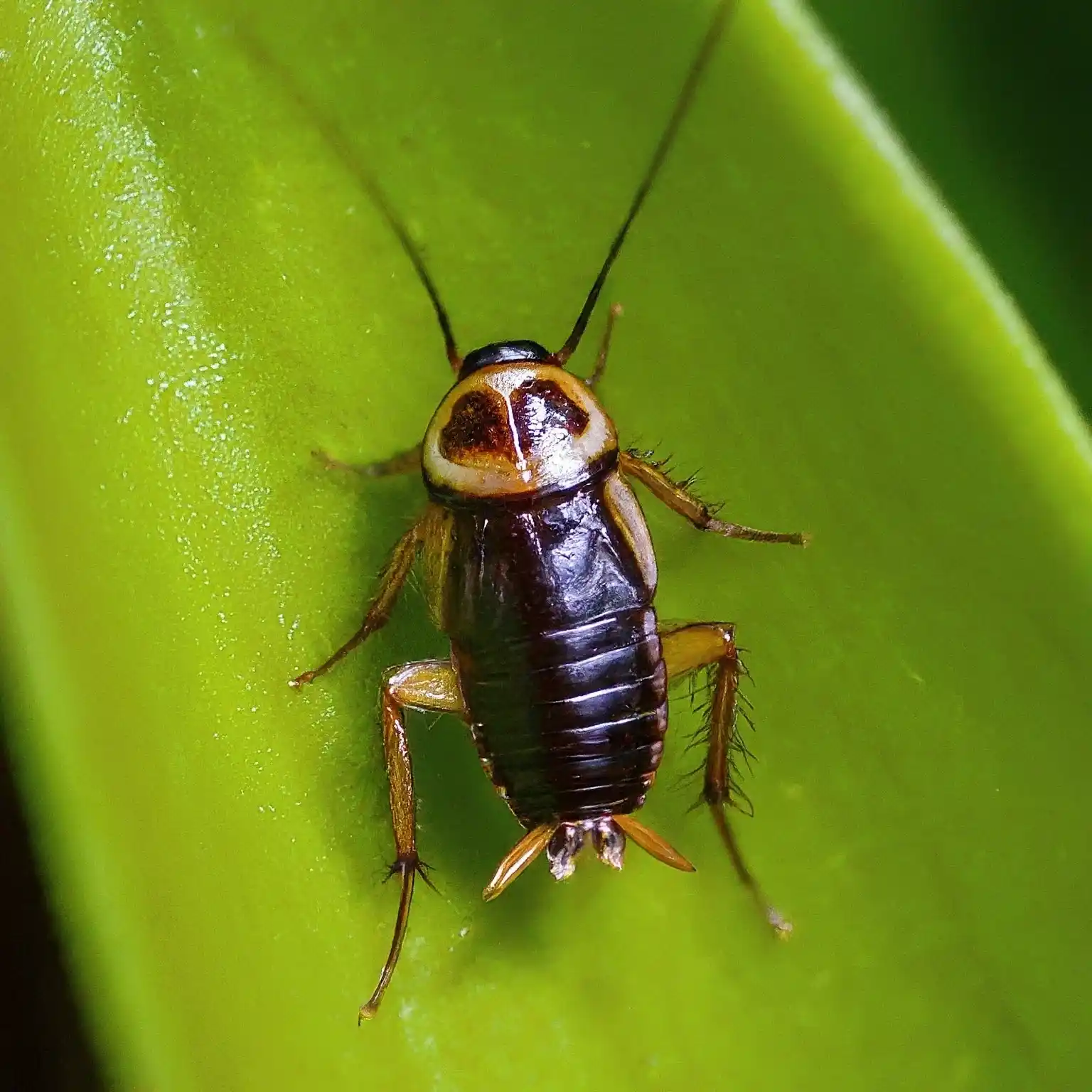If you’ve ever encountered a baby cockroach, you might have felt a mix of disgust and concern. These tiny pests, which are the juvenile stage of cockroaches, can quickly multiply and lead to a serious infestation in your home. This article will guide you through the identification of baby cockroaches, their characteristics, and effective strategies for elimination and prevention. By understanding these pests better, you can take the necessary steps to protect your home.
What are Baby Cockroach?
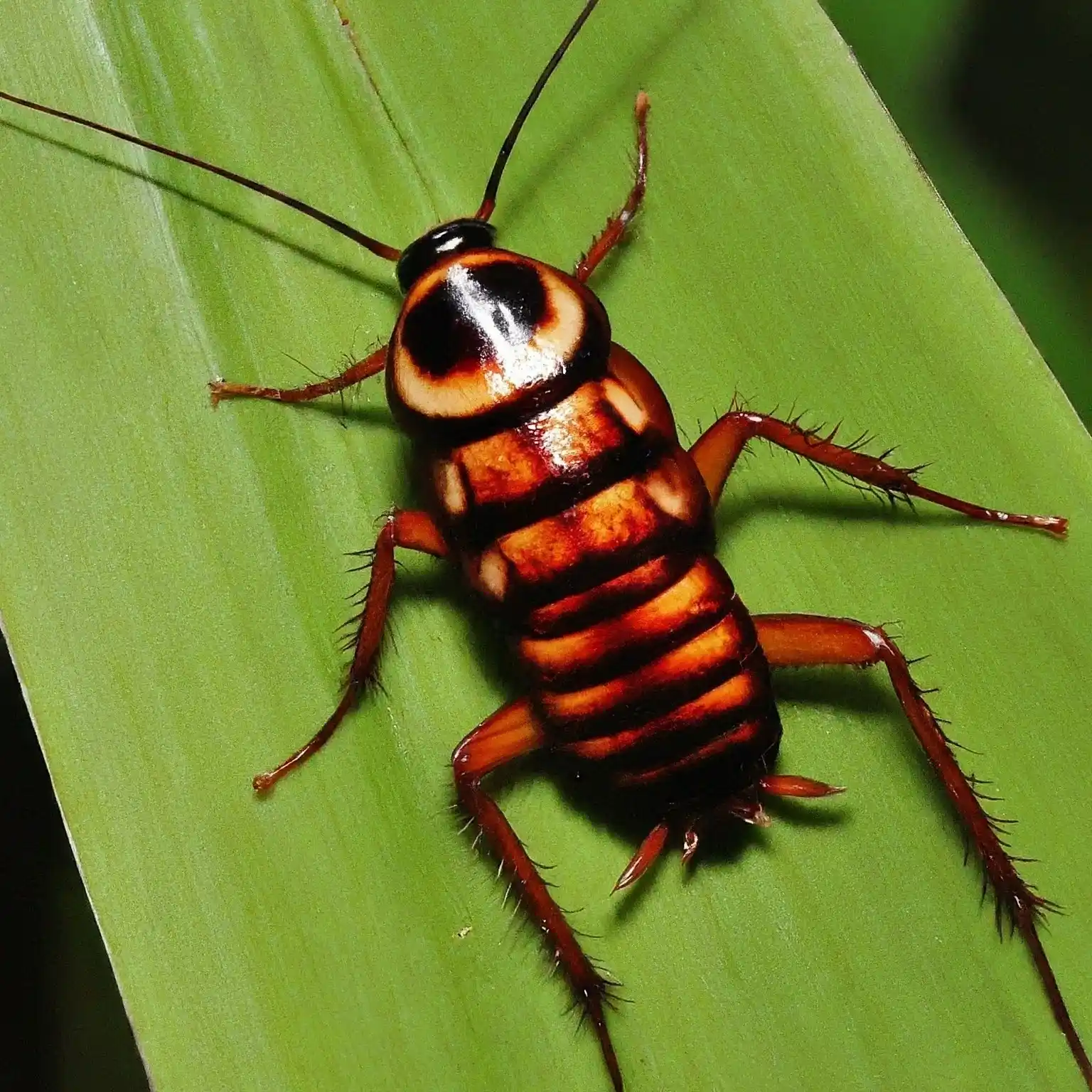
Definition and Lifecycle
Baby cockroaches, also known as nymphs, are the juvenile stage of cockroaches. They hatch from eggs laid by adult females, and therefore, understanding their lifecycle is crucial for effective control. Importantly, baby cockroaches undergo several molts before reaching maturity, which can, in fact, make them difficult to spot. Moreover, their small size and elusive behavior further complicate detection, making it essential to be vigilant. Consequently, being aware of their characteristics can help in early identification and management of potential infestations.
Common Species
You may encounter several species of baby cockroaches, including:
- German Cockroaches: Recognized for their small size and rapid reproduction.
- American Cockroaches: Larger and typically found in warmer climates.
Consequently, knowing the species can help in determining the best approach for elimination.
How to Identify Baby Cockroach
Key Identification Features
Identifying baby cockroach can be challenging; however, certain characteristics can help.
- Size: They are generally smaller than adult cockroaches, usually measuring about 1/4 to 1/2 inch in length.
- Color: Typically, they appear light brown to dark brown, resembling their adult counterparts but without wings.
- Body Shape: Their bodies are flat and oval-shaped, making them easily identifiable when you know what to look for.
Where to Look for Baby Cockroaches
If you suspect an infestation, check these areas:
- Kitchens: Behind appliances and inside cabinets.
- Bathrooms: Under sinks and around plumbing fixtures.
- Living Areas: Cracks, crevices, and hidden corners.
By inspecting these locations regularly, you can catch infestations early.
What Does a Baby Cockroach Look Like?
Distinguishing Features
When examining a baby cockroach, note the following features:
- Appearance: They have a similar appearance to adults but lack the prominent wings that fully mature cockroaches possess.
- Movement: Nymphs tend to move quickly, darting away when disturbed, making them challenging to catch.
Color Variations Among Species
Different species may exhibit slight variations in color. For example:
- German Nymphs: Often lighter with two dark stripes on their backs.
- American Nymphs: Darker and larger compared to other species.
Understanding these differences can help you determine the appropriate control methods.
What Kind of Baby Cockroach You Have
Identifying the Species
Identifying the species of baby cockroaches can aid in determining the best control methods. Here’s how to differentiate them:
- German Cockroaches: Small and light-colored, preferring warm environments.
- American Cockroaches: Larger and more resilient, often found outdoors.
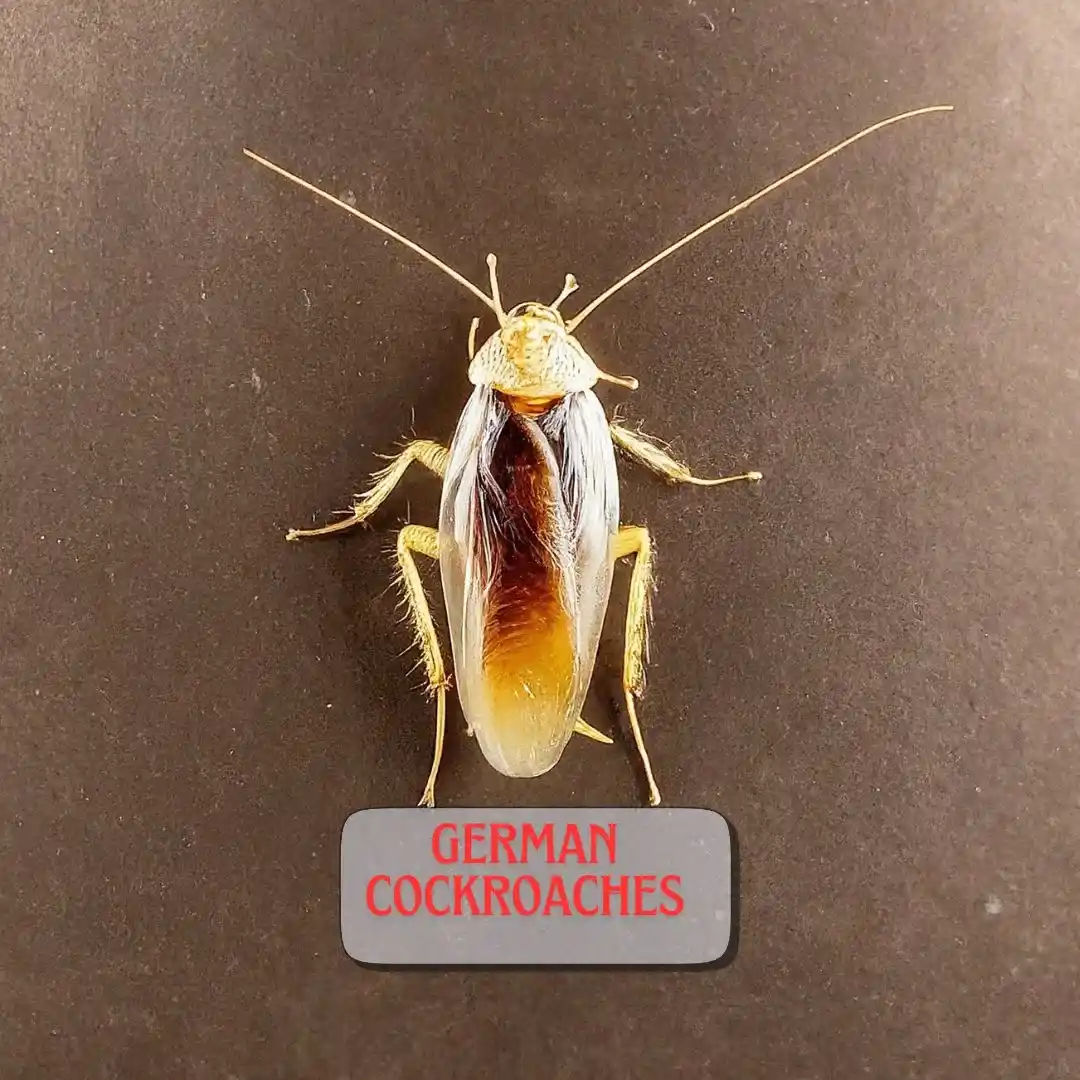
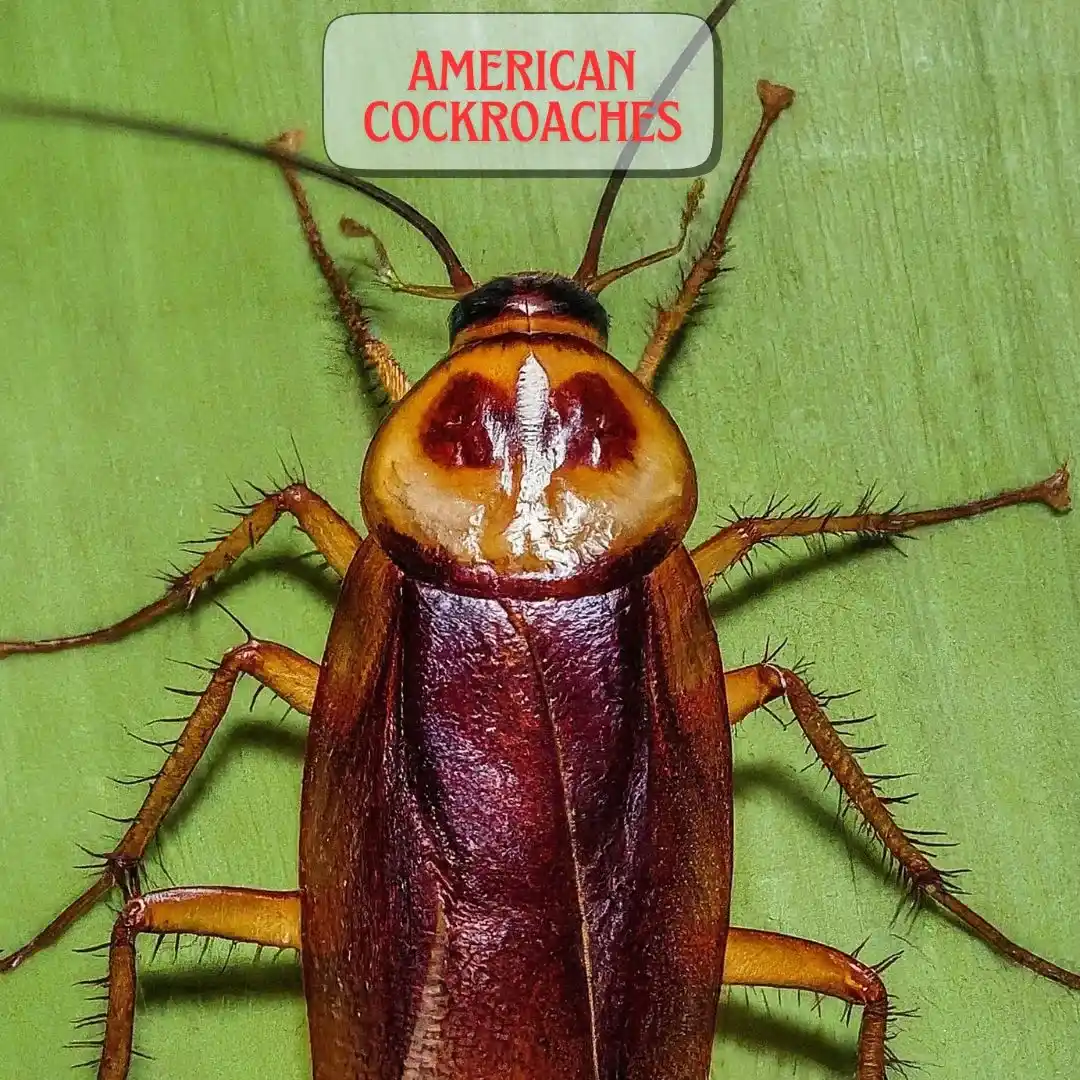
baby cockroach : Understanding Their Habits
Knowing their habits can also help you understand how to control them effectively.
- German Cockroaches: Typically thrive in kitchens and bathrooms, where food and moisture are readily available.
- American Cockroaches: Often inhabit basements and outdoor areas, especially during warm months.
Therefore, their habitat preferences dictate where you should focus your control efforts.
Signs of a Cockroach Infestation
Common Indicators
If you’re wondering whether you have a baby cockroach problem, look for these signs:
- Droppings: Small, dark, cylindrical droppings near food sources or nesting areas indicate activity.
- Egg Cases: Capsule-like egg cases can be found in hidden places, indicating breeding.
- Unusual Odors: A musty smell may suggest a significant infestation.
Recognizing these signs early can help you take action before the problem escalates.
Physical Characteristics and Behavior
Behavior Patterns
Understanding the behavior of baby cockroaches can aid in both identification and prevention.
- Nocturnal Activity: They tend to be more active at night, which makes them harder to spot during the day.
- Rapid Movement: Nymphs move quickly to avoid detection, complicating efforts to eliminate them.
baby cockroach : Common Physical Characteristics
- The Size is generally smaller than adult cockroaches, with most being about 1/4 to 1/2 inch long.
- The Color is Typically light brown to dark brown, depending on the species.
Knowing these characteristics can help you identify and respond to a potential infestation.
The Life Cycle of Cockroaches
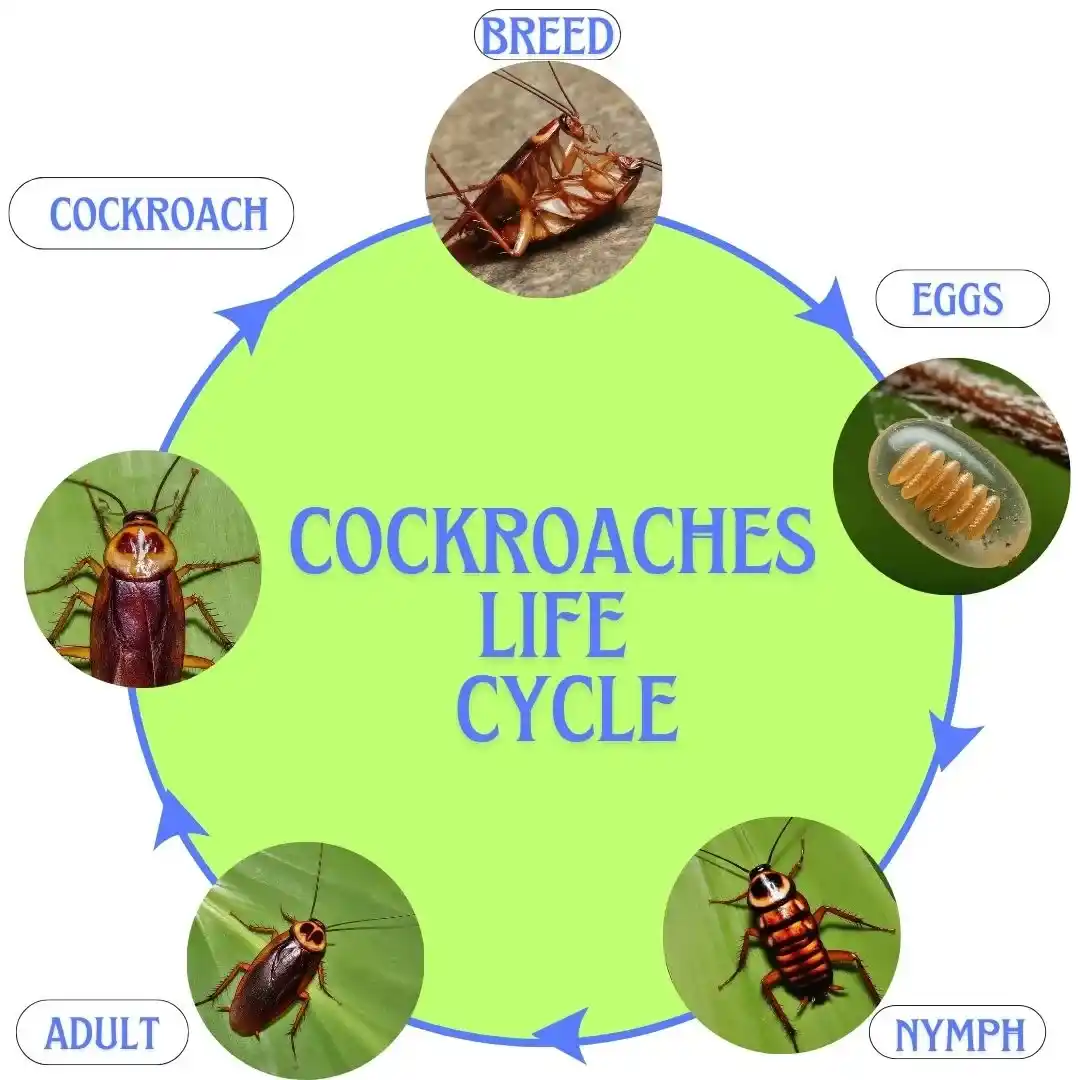
baby cockroach : Stages of Development
The lifecycle of a baby cockroach involves several stages:
- Egg Stage: Female cockroaches lay egg cases containing multiple eggs, often in hidden locations.
- Nymph Stage: After hatching, nymphs emerge and begin to grow, shedding their exoskeleton multiple times.
- Adult Stage: After several molts, they mature into adult cockroaches, capable of reproduction.
Duration of Each Stage
The time it takes for a cockroach to progress from egg to adult can vary significantly due to factors like species and environmental conditions. Generally, this process can take anywhere from several weeks to a few months. Therefore, this variability underscores the importance of early detection and control measures. Ultimately, being proactive in managing infestations is crucial because it helps prevent larger outbreaks from occurring in your home. By staying vigilant, you can tackle the problem before it escalates. Furthermore, if you notice signs of an infestation, don’t hesitate to take action. Doing so will help prevent the problem from worsening.
Comparison to Adult Cockroaches
Key Differences
When comparing baby cockroaches to adults, consider the following:
- Size and Wings: Nymphs lack fully developed wings, whereas adults possess them.
- Reproductive Capability: Only adult cockroaches can reproduce, making them a significant threat in terms of population growth.
Importance of Understanding Differences
Recognizing these differences is vital for effective pest control. By addressing the nymph stage early on, you can prevent future infestations and reduce the likelihood of adult cockroaches multiplying in your home.
How to Control Baby Cockroach
Effective Control Methods
If you encounter baby cockroach, here are some effective control methods:
- Boric Acid: Sprinkling boric acid in areas where nymphs are seen can help eliminate them.
- Bait Stations: Commercial bait stations attract and poison cockroaches, including nymphs, which is highly effective.
- Traps: Using sticky traps can help capture nymphs and monitor infestation levels.
Professional Pest Control
If your efforts to control baby cockroaches are ineffective, consider hiring a professional pest control service. They can assess the situation and apply targeted treatments.
How to Prevent Baby Cockroach
Proactive Prevention Strategies
To effectively prevent baby cockroach from invading your home, consider implementing the following strategies:
- Regular Cleaning: Maintain a consistent cleaning schedule, focusing on areas where food is prepared and consumed. Moreover, pay special attention to Kitchen counters,Floors and Under appliances.
- Proper Food Storage: Store food in sealed containers and avoid leaving food out overnight. In addition, this practice makes your home less attractive to cockroaches. Consequently, this can significantly reduce the chances of an infestation.
- Moisture Control: Cockroaches are drawn to moisture; thus, fixing any leaks in plumbing and using dehumidifiers in damp areas of your home, such as basements and bathrooms, is essential.
- Yard Maintenance: Additionally, trim bushes and trees that may provide a pathway for cockroaches to enter your home.
By implementing these strategies, you can greatly minimize the risk of baby cockroaches invading your space.
How to Get Rid of Baby Cockroach
Effective Elimination Methods
If you already have baby cockroach in your home, prompt action is crucial to prevent an infestation. Here are several methods to effectively eliminate them:
- Boric Acid: This natural insecticide can be sprinkled in areas where cockroaches are often seen. It’s particularly effective against nymphs, as they ingest it while grooming themselves.
- Cockroach Baits: Use commercially available bait stations that attract and poison cockroaches. Place them in strategic locations, such as:
- Under sinks
- In cabinets
- Near food sources
- Traps: Sticky traps can help capture nymphs and provide a visual indication of infestation levels.
- Professional Pest Control: If the infestation is severe, it may be best to hire a professional pest control service. They can assess the situation and apply targeted treatments effectively.
Real-Life Example
A homeowner recently faced an infestation of baby cockroach. After identifying the problem, they implemented a combination of bait traps and boric acid. Within a few weeks, they noticed a significant decrease in cockroach sightings, demonstrating the effectiveness of these methods.
Conclusion: Keeping Your Home Safe from Baby Cockroach
By understanding the characteristics, behaviors, and life cycle of baby cockroaches, you can take informed steps to identify and eliminate them effectively. Regular cleaning is a crucial component in keeping your home cockroach-free. In addition, moisture control is essential, as cockroaches thrive in humid environments. Moreover, proactive prevention methods are key, such as sealing cracks and crevices and storing food properly. If you notice signs of an infestation, don’t hesitate to act quickly using the strategies outlined above. By doing so, you can prevent cockroaches from becoming a persistent problem in your home.
FAQs
Q1 : What should I do if I see a baby cockroach?
A1: If you spot a baby cockroach, it’s essential to act quickly. First, check for signs of infestation, such as droppings or egg cases. Next, clean the area thoroughly to remove any food sources. Finally, consider using bait or traps to effectively control the problem.
Q2 : Are baby cockroaches dangerous?
A2 : While baby cockroaches are not directly dangerous, they can indeed carry bacteria and allergens that may pose health risks, especially to children and pets. Consequently, it’s important to address their presence promptly.
Q3 : How can I tell if I have a cockroach infestation?
A3 : Signs of infestation include seeing live cockroaches, finding droppings, and discovering egg cases or a musty odor. If you notice these signs, it may indicate a larger problem that needs immediate attention.
Q4 : How long does it take to get rid of baby cockroaches?
A4 : The time it takes to eliminate baby cockroaches can vary depending on the severity of the infestation and the methods used. Generally speaking, consistent effort over a few weeks is required to see significant results. Therefore, patience is key.
Q5 : Can I prevent cockroaches without using pesticides?
A5 : Yes, you can effectively prevent cockroaches without resorting to pesticides. For instance, maintaining cleanliness, sealing entry points, and controlling moisture are effective preventive measures that do not involve chemical treatments. Moreover, these strategies contribute to a healthier living environment overall.
Related Articles:
Cockroach Poop : How to Spot It & What to Do October 2, 2024 by Alex Mitchell :Discover how to identify cockroach poop, a serious health hazard. Learn about its appearance, where to find it, and the risks it poses. This guide provides safe cleaning methods and effective prevention strategies to keep your home cockroach-free.

